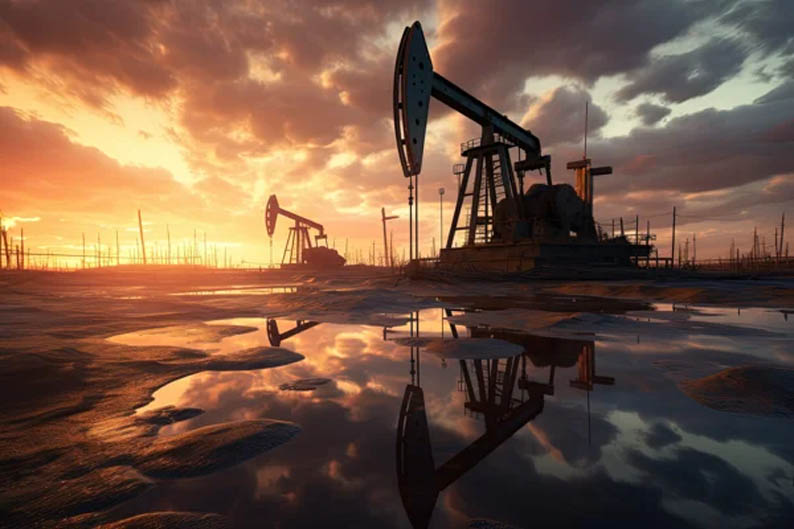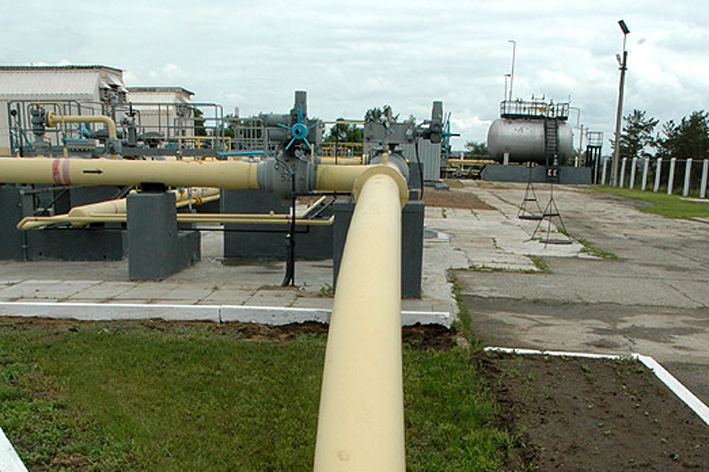Egypt is unlikely be able to export any LNG to Europe this summer. In the face of declining production at Zohr, its priority is to secure its domestic energy needs.
Production at Zohr has slumped to 2 billion cubic feet per day (cf/d) and is expected to fall further to 1.6 billion cf/d by the end of 2024. This is half its design capacity.
Another shock is that Zohr is now estimated to hold 10.9tcf proved reserves, about one third of the 30 tcf in-place reserves announced by Eni in 2016. In terms of field size, this puts Zohr behind Israel’s Leviathan, with 17 tcf proved reserves, and Tamar, with 11.1 tcf.
Egypt’s gas woes continue. Eni’s high-expectation Orion well was a flop. Egypt is still looking for a major gas discovery in 2024 to shore up its declining production.
But Chevron is coming to the rescue, planning to invest $3billion over two years, starting in 1H 2024, to develop the Nargis gasfield.
More help is on the way. European Commission President Ursula von der Leyen pledged to upgrade EU’s ties with Egypt in coordination with allies eager to buoy its struggling economy, delivering a EUR 7.4 billion aid package, reportedly to stem migration and boost energy sales to Europe! They see Egypt as vital to regional stability.
ExxonMobil has launched a key bid process covering early wors for its revamped 18million tonnes/yr Rovumba LNG project in Mozambique.
According to the Gas Exporting Countries Forum (GECF), global natural gas demand is expected to increase by 34% by 2050.
European TTF gas prices remain quite low, at about EUR 24.50 per MWh.
Qatar has announced a further 16 million tonnes/yr expansion of ‘North Field West’.This will almost double its current LNG capacity to 142 million tonnes/yr by 2030. And this while the US continues its pause of its LNG expansion plans.
Chinese LNG imports rose 15% and Indian up 33% year-on-year in February.
EU Green Deal in trouble
Germany is coming to terms with reality. It has a new plan to build a large-scale fleet of gas-fired, hydrogen-ready, power plants to stabilise electricity production and accelerate the transition towards renewables. It has not explained how this will affect its net-zero plans.
Germany has also been signing LNG deals past 2040 in effort to boost energy security. SEFE signed a deal with Adnoc to buy 1million tons/yr of LNG for 15 years from 2028.
With 80 days to go for the European elections on 6 June, electioneering is already in full swing.
A geopolitical European Commission (EC) is a must for 2025 and beyond. The next EC president will need to prioritize the bloc’s defense transformation and economic security, likely ahead of the Green Deal.
The Green Deal is not coping. Europe is still heavily dependent on hydrocarbon imports, and is not replacing them with clean energy fast enough.
On top of that, dependence on China and the burst of investment in the US is eroding Europe’s competitiveness.
The EU is putting increasing pressure on importers of Russian LNG to reduce imports.
Europe’s refineries have been given a lifeline by conflicts, but falling capacity has pushed up premiums for diesel, by $30/b, ahead of crude.
The EC has just published its car decarbonisation roadmap, aiming to reduce car emissions by 86% by 2040. It plans to phase-out combustion car sales in 2035.
EU Carbon Prices halved in a year, down to EUR 60/tonne CO2. But they should rise again – they are forecast to hit EUR 160/tonne CO2 in 2030.
It is not getting any better for Europe. ECB’s top banking supervisor Claudia Buch has warned of tougher times ahead. She says eurozone lenders face rising insolvencies, geopolitical risks and upheaval in energy-intensive industries.
EU electricity carbon tax will hit net-zero targets and consumers, industry warns – CBAM will significantly drive up the price of electricity traded between the UK and the EU via interconnector cables.
Europe’s industrial output struggles to rebound after the 2022 energy crisis – energy-intensive industries face pressures from overseas competitors with access to cheaper fuel.
Industrial output was 1.3% down in 2023, with Germany the main contributor.
US LNG exports expand
The EIA expects utility-scale solar generation to provide 6% of US electricity generation in 2024, up from 4% in 2023.
Despite President Biden’s pause in new LNG production, US LNG exporter Venture Global is expanding its sales operations. It bought 9 LNG vessels, making it the first US LNG producer to actually own ships.
The IEA reported that gross consumption of natural gas in the US decreased by 6.1% in December 2023 on a year-on-year basis.
China LNG imports rise
Industrial production in China leapt 7% year-on-year in January and February, boosting energy demand. This is the fastest rate of growth in almost two years.
China’s LNG imports increased by 15% in early 2024, driven by lower spot prices, reflecting the country’s growing LNG demand, impacting global LNG market dynamics.
Dr Charles Ellinas is Senior Fellow at the Global Energy Center, Atlantic Council
X: @CharlesEllinas










